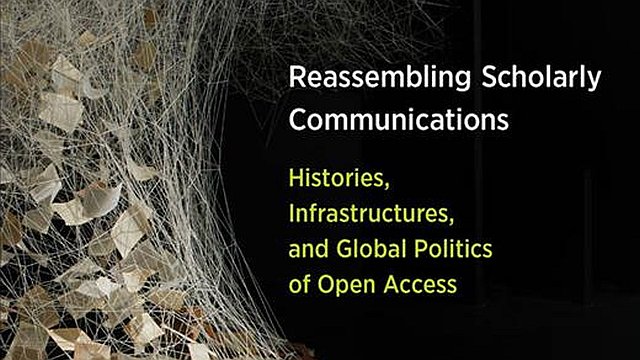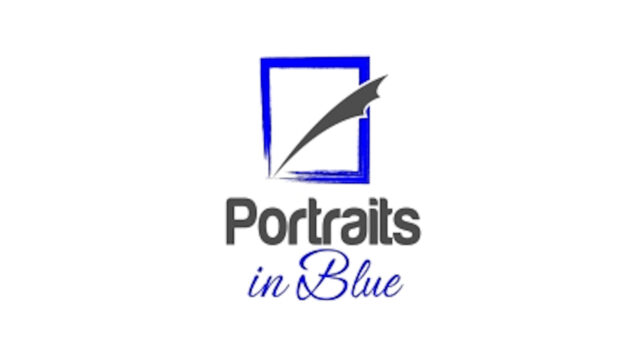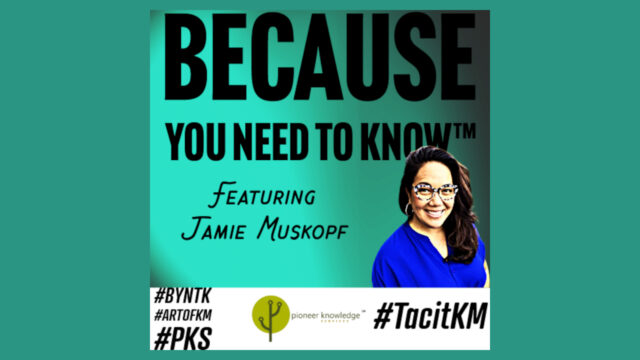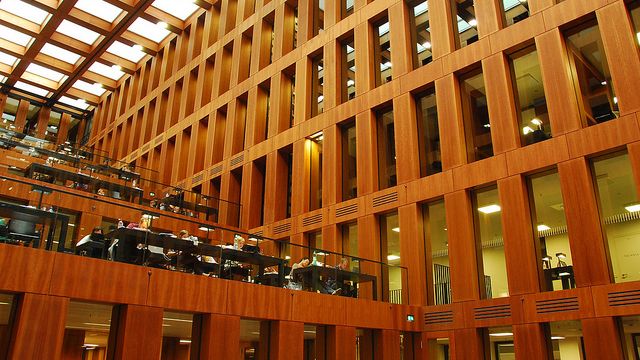
Open access to scholarly knowledge in the digital era (chapter 3.3): Libraries and their publics in the United States
This article is chapter 3.3 in section 3 of a series of articles summarising the book Reassembling Scholarly Communications: Histories, Infrastructures, and Global Politics of Open Access.
In the third chapter of the publics and politics section, Maura A. Smale argues that libraries should embrace open access for its transformative potential.
In beginning her chapter, Smale introduces the academic library context for the perspectives that she subsequently puts forward. Smale is a librarian and scholar at New York City College of Technology (City Tech) of the City University of New York (CUNY), the largest urban public university in the United States. CUNY was established to offer affordable access to higher education for everyone in the diverse city of New York—from students who have just graduated from secondary school to adults who are returning to complete a degree—and the libraries are an integral component of the university
Libraries around the world, of all types and in all locations, aim to make information in all formats available for their communities. Public libraries arguably have the broadest remit, and typically serve all residents of a community. Librarians provide invaluable guidance to public library patrons seeking information for a wide range of reasons—from leisure to civic, career, or academic research.
School librarians serve students in a variety of primary and secondary educational settings, and work with teachers and administrative staff to provide access to information and curricular materials that students need in their course of study. Academic libraries are used by the students, faculty, and staff of colleges and universities, in coursework and in research. Information literacy—encompassing critically evaluating and making use of information—is also an important component of academic librarian work.
Library funding Is cut while demands for access increase
While libraries provide vitally important access to and guidance about information, Smale alerts that their funding base is increasingly a concern. Public libraries are funded in part by tax monies, and over the past few decades their budgets have been in decline more often than not. The challenges of declines in library funding are multifaceted and somewhat dependent on broader societal factors that include disinvestment in services for the public good and increasing pressure toward privatization of education.
However, Smale argues that there is no question that the economics of the scholarly communication system have also had an impact on library budgets. Scholarly journal prices have increased at an unsustainable rate over the past 30 years, a trend typically referred to by librarians as the serials crisis.
In academic libraries, especially, unchecked price increases throughout the scholarly communication system have had profound effects on the information, resources, and services that librarians can provide for their college and university communities. Many librarians have had to eliminate institutional subscriptions to scholarly journals or reduce their reliance on packages of journal titles by replacing them with individual subscriptions to the handful of journals that are most in need by their students, faculty, and staff.
Smale reports that the college library where she works strives to provide access to as much information for faculty and students to use in teaching and research as possible, though their collections budget cannot keep up with the increasing prices in scholarly publishing. Faculty use interlibrary loan services to augment the library’s collections, and employ workarounds that are in common use by researchers throughout the world: contacting article authors to request that they share a copy of their article, using social media to make similar requests of other academics, and visiting Sci-Hub and other websites that make paywalled research freely available (sometimes in violation of copyright laws).
However, there are limits to what can be done, and lack of access can impede students’ success in their coursework and progress toward graduation, just as it can hinder the research endeavors of faculty.
Open access and open educational resources increase access
Smale contends that open access and open educational resources increase the opportunities for all to use information and resources.
Some publishers have defended the barriers toward open access to scholarly research by asserting that the general public has no need for or interest in specialized research publications. Smale describes this assertion as classist and misguided at best, advising that the website Who Needs Access? You Need Access! has collected testimonials from a wide range of people who have benefited from open access to scholarly research. She states that it is clear that increased availability of scholarly research is a benefit to all in society and should not be restricted solely to those with an academic affiliation. Additionally, much—though not all—scholarly research is publicly funded, and as such the results from and publication of that research should be available to the public.
Smale advises that open access can also help ameliorate funding inequities between public and private institutions by enabling access to information regardless of an institution’s endowment or operating budget. Open access can also be an alternative to expensive textbooks, as the open educational resources initiatives at institutions worldwide have shown.
While open access and the scholarly communication system are most often discussed with reference to academic libraries, Smale advises that open access is highly relevant to public libraries as well. Public libraries also typically provide a wide range of information outside of academic research, and most have little to no budget available for scholarly materials. This is especially problematic given the broad mission of public libraries to serve entire communities. Community residents who may have had access to scholarly research while enrolled in college or university will typically lose it once they have left school. Increasing the opportunities for patrons at public libraries to use research information would help fill the gap for independent researchers without an affiliation to a higher education or research institution.
Open access and open educational resources benefit libraries and their publics
In concluding her chapter, Smale states that open access to scholarly research and curricular materials is a sure benefit to libraries and their publics. Wide adoption of open access publishing will allow communities to read and use the results of scholarly research both within and outside of the bounds of an institutional affiliation, helping to dismantle information privilege and increasing equity so that libraries of all kinds can better serve their communities.
The benefits of digital publishing—which enable open access and open educational resources—can also increase accessibility for patrons with disabilities that may make reading a printed volume challenging. However, access to information online does not necessarily equate to universal access due to inequities in internet access. Libraries are helping to bridge these gaps, and for many communities, access to the internet is an invaluable service provided by their libraries.
In closing, Smale observes that librarians and libraries will continue to remain vital to their communities with the transition to open access publishing. Librarians have been important advocates for open access from the beginning, have been instrumental in its current successes, and will continue to be valuable partners in advocacy in the future.
Next part (chapter 3.4): Open access, “publicity,” and democratic knowledge.
Article source: This article is an edited summary of Chapter 111 of the book Reassembling scholarly communications: Histories, infrastructures, and global politics of Open Access2 which has been published by MIT Press under a CC BY 4.0 Creative Commons license.
Article license: This article is published under a CC BY 4.0 Creative Commons license.
References:
- Smale, M.A. (2020). Libraries and Their Publics in the United States. In Eve, M. P., & Gray, J. (Eds.) Reassembling scholarly communications: Histories, infrastructures, and global politics of Open Access. MIT Press. ↩
- Eve, M. P., & Gray, J. (Eds.) (2020). Reassembling scholarly communications: Histories, infrastructures, and global politics of Open Access. MIT Press. ↩
Also published on Medium.






